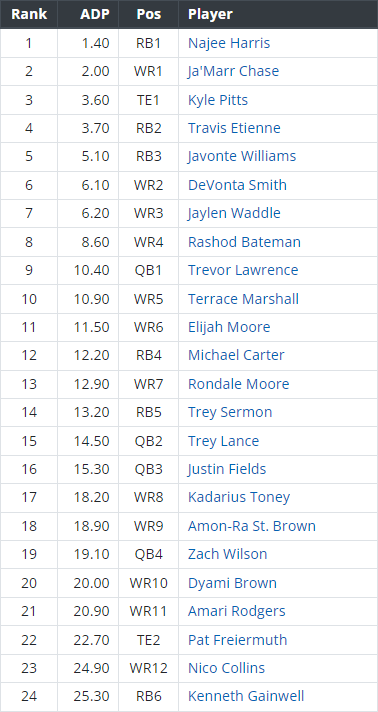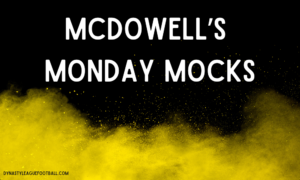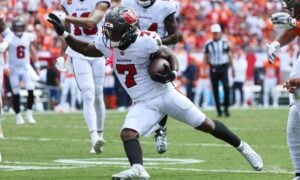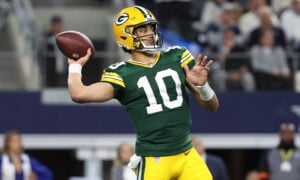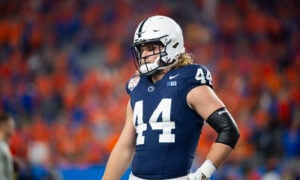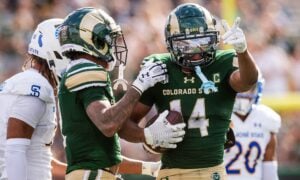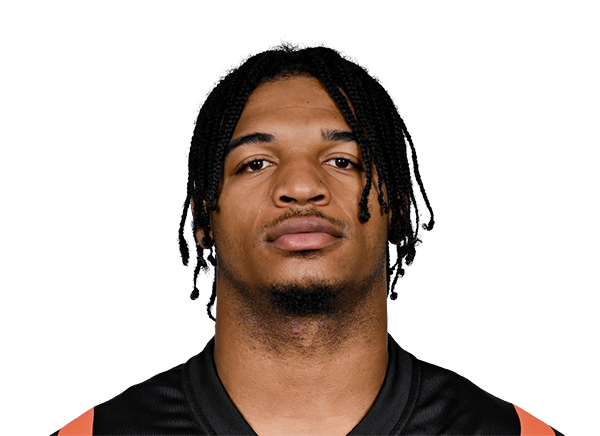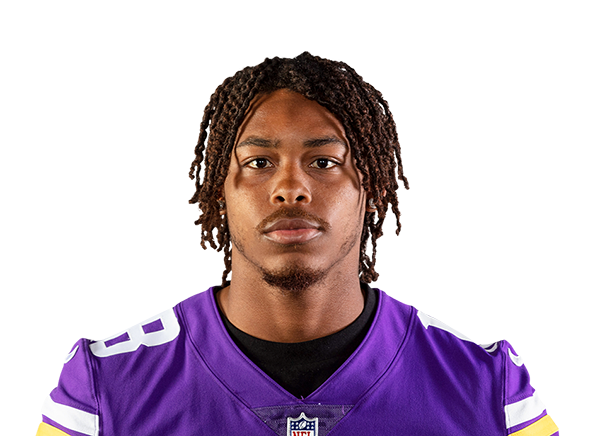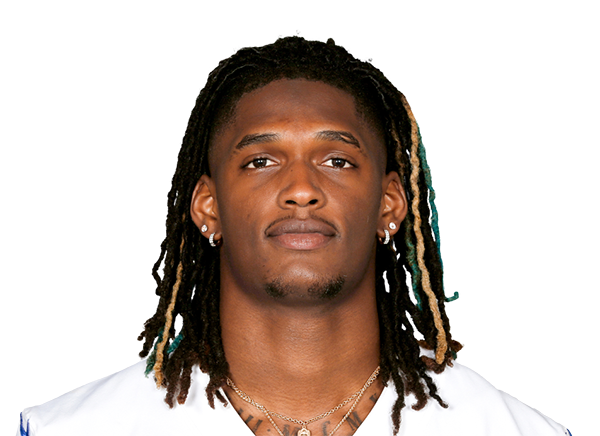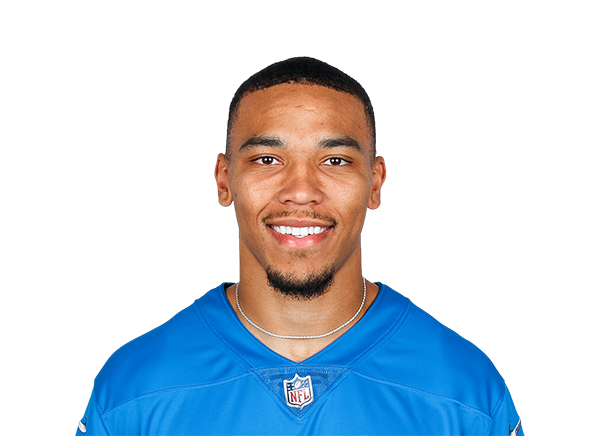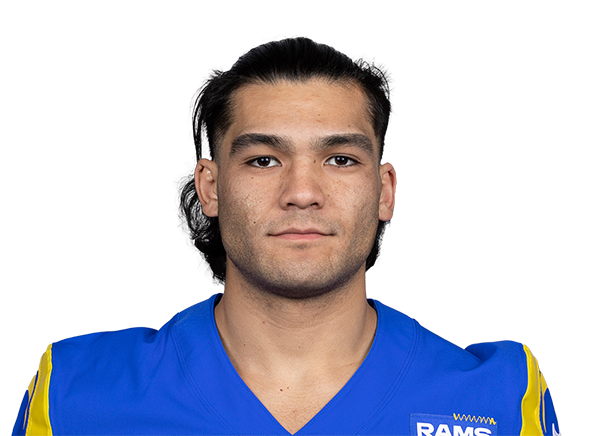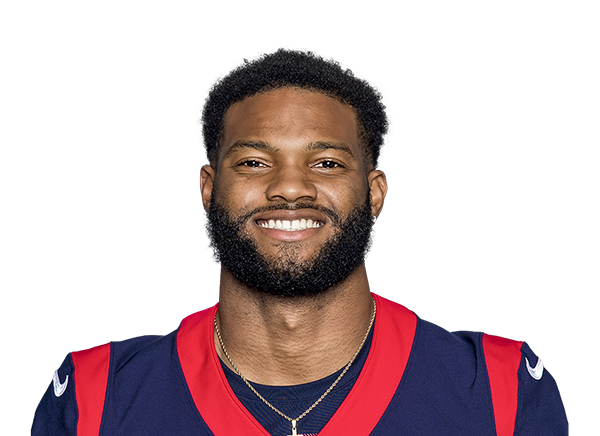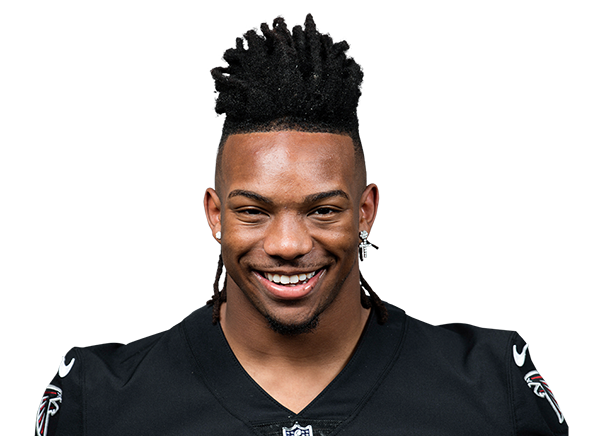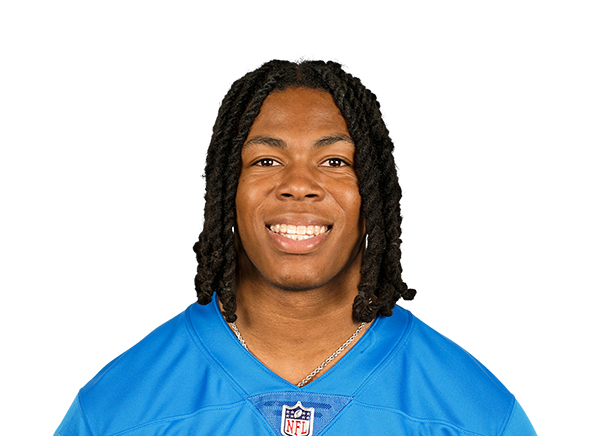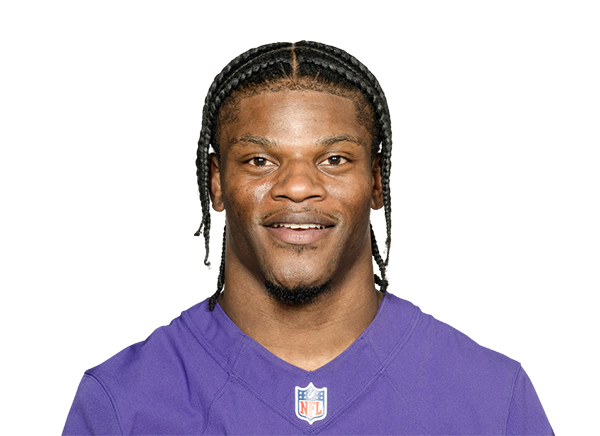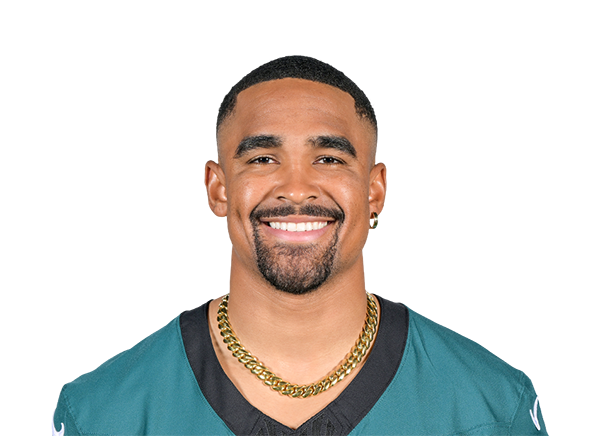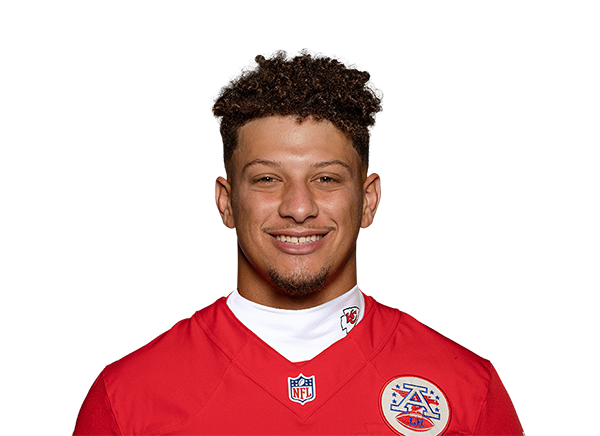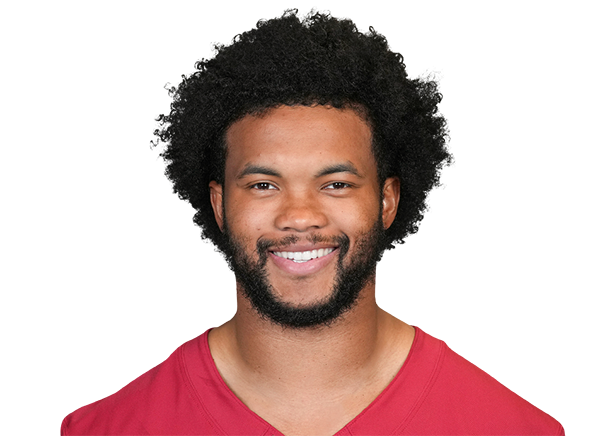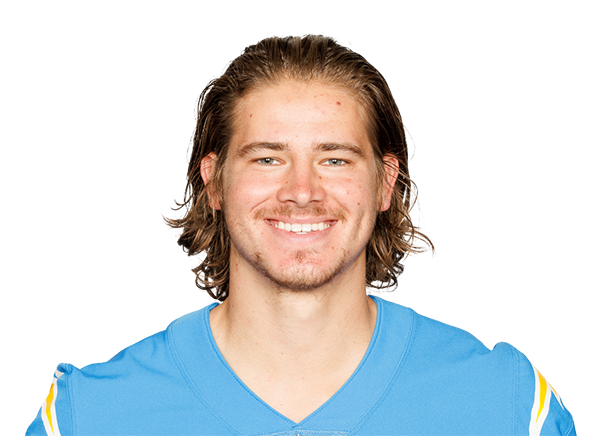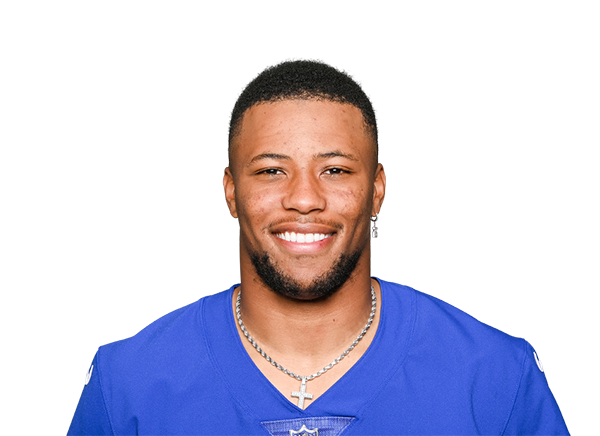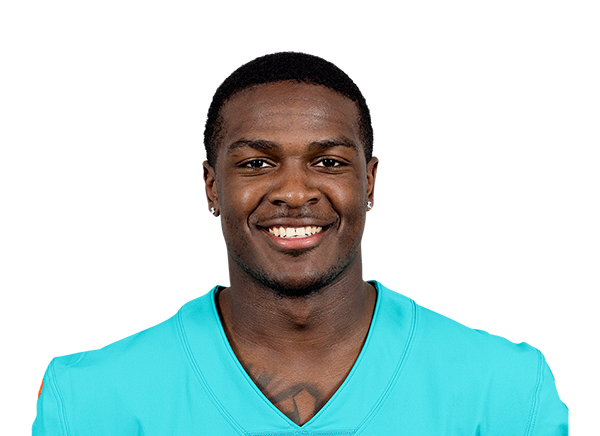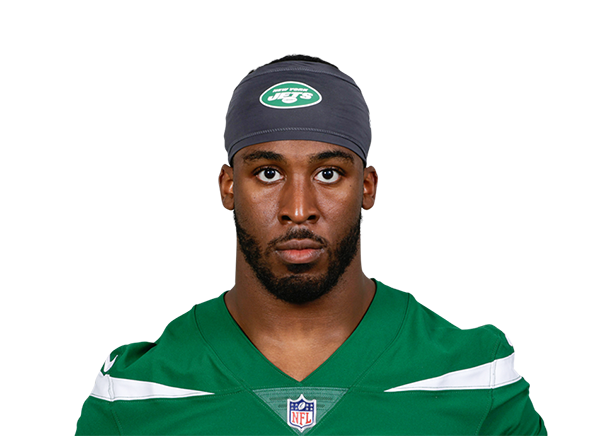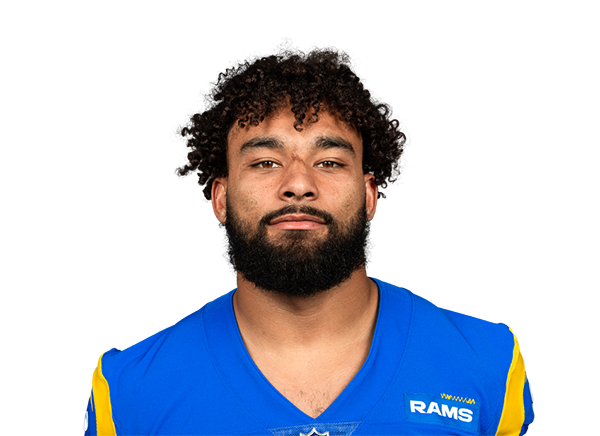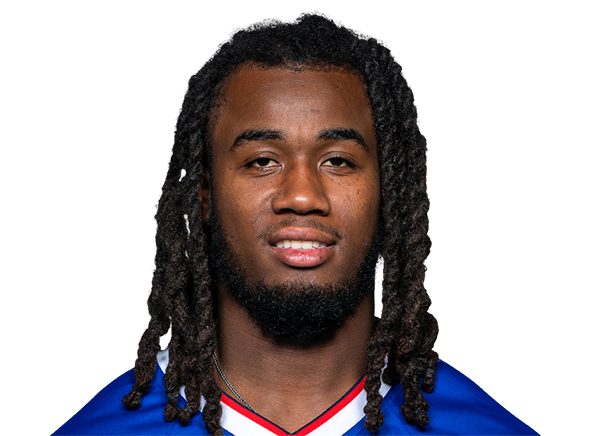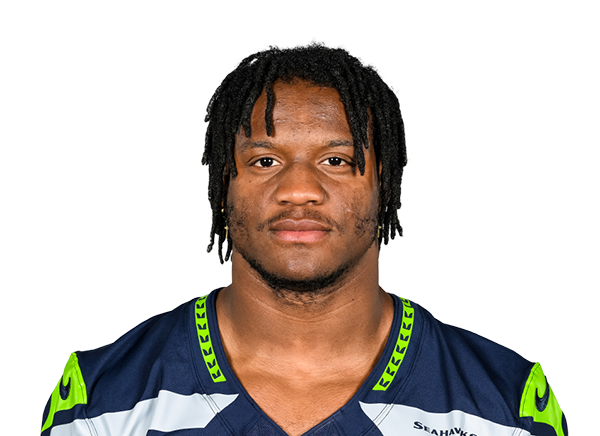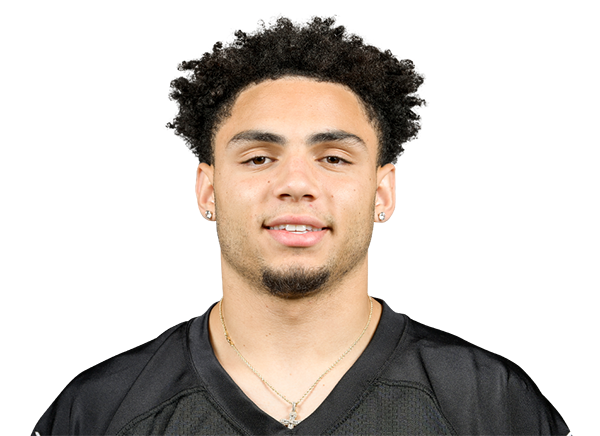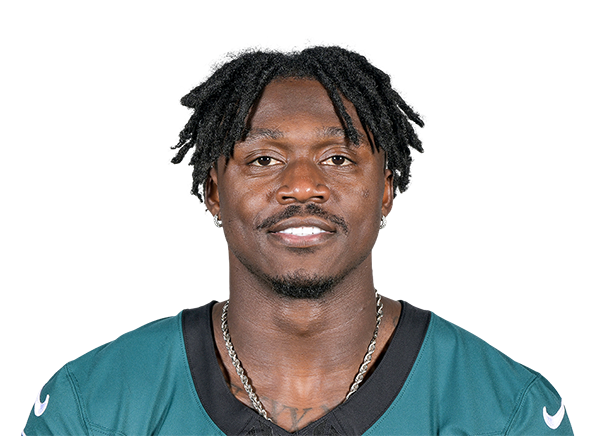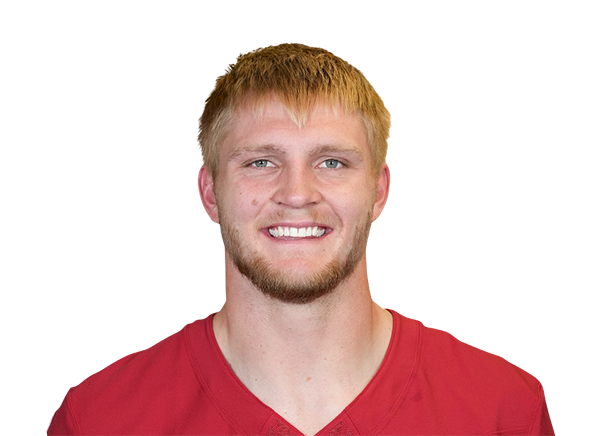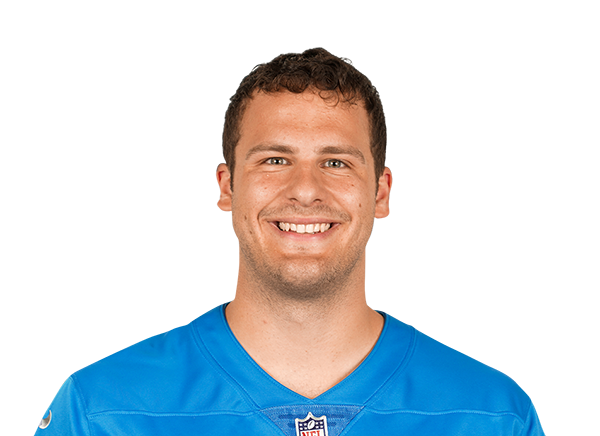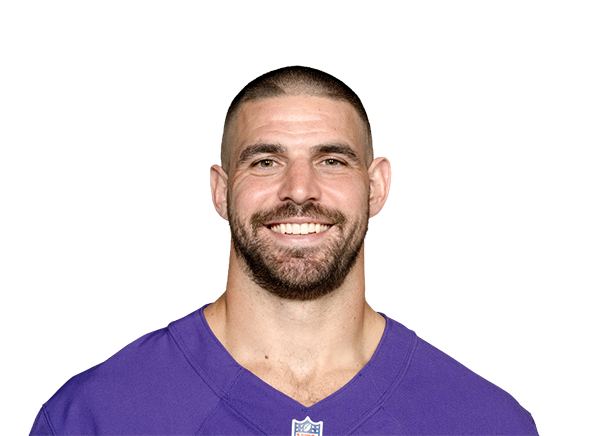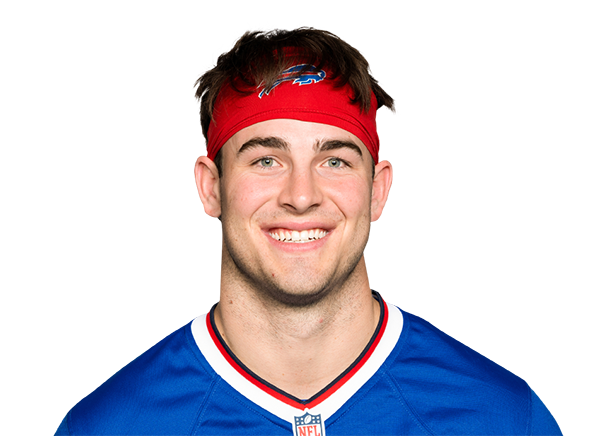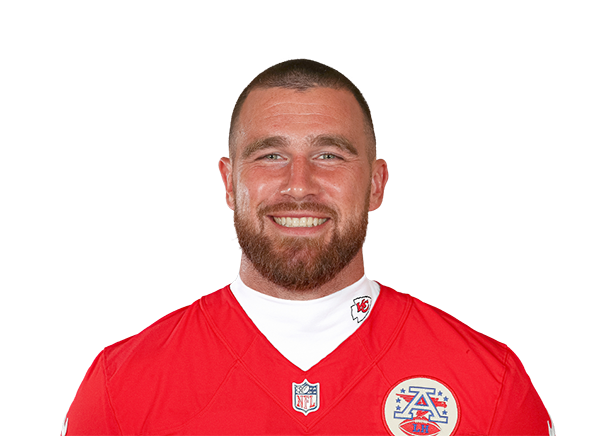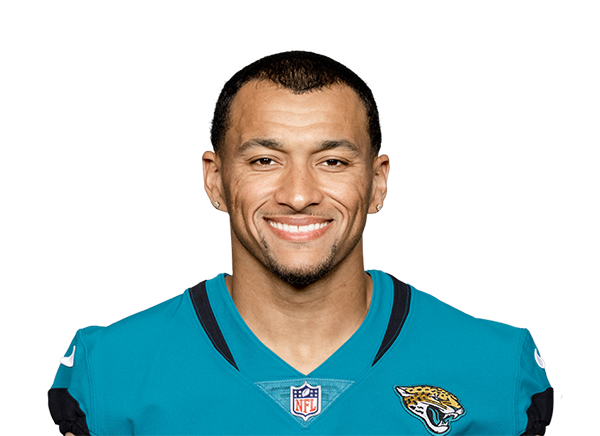Dynasty Rookies: Talent vs Situation
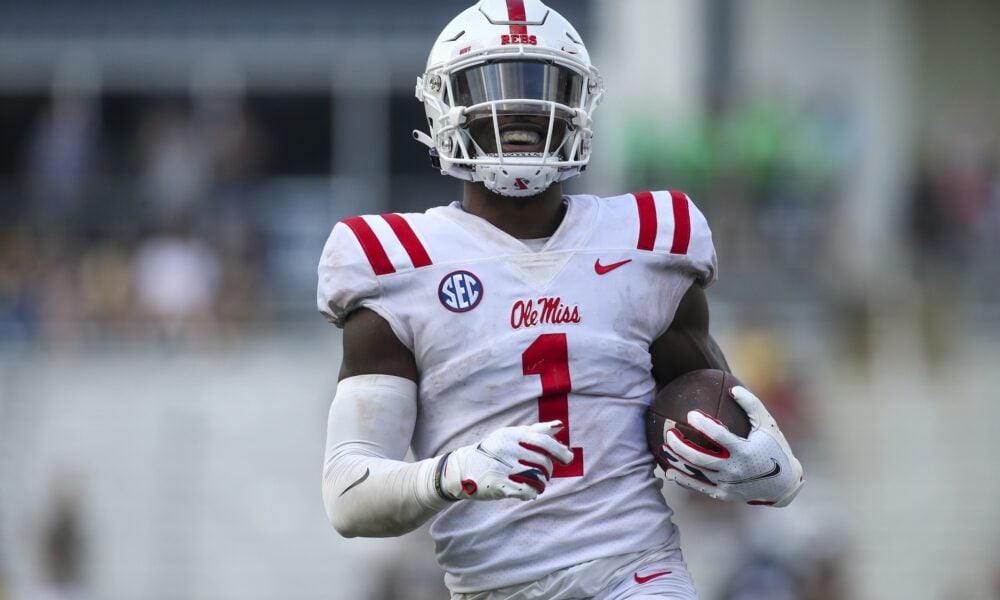
The NFL Draft has come and gone, and dynasty rookie draft season is upon us. What starts off feeling like Christmas morning for a kid, can quickly turn into anxiety and grief when on the clock. Nowadays it seems you’ll hear or see every type of strategy possible, while every player looks good on someone’s random metric chart. In what has almost become information overload, it can sometimes be challenging to make up your mind when you’re finally drafting a player. How can it be so burdensome after spending all that time researching, listening to podcasts, and building your rankings, you ask? That question brings us back to the NFL Draft.
Every year dynasty managers fall in love with players throughout the offseason. As soon as the Super Bowl ends, we start diving into these prospects(as a devy and C2C player, it’s well before that), and by April we already know exactly which teams the players should go to. The only problem is we’re not a part of these NFL front offices, and they don’t pick players like we want them to. In fact, a lot of the time, our favorite players can go to bad landing spots, while the bad players land in perfect situations.
That brings us to the age-old question, should we draft for talent or situation? The short answer(and the cop-out) is both, but I promise we’ll dive deeper than that! Even though it seems to get forgotten each and every year, we have the benefit of hindsight and the ability to look back at previous classes to find our answers.
2020 DLF ADP: April vs May
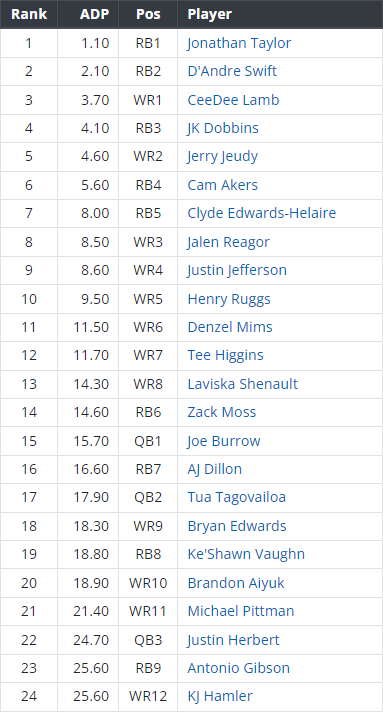
Everyone remembers 2020 as the Clyde Edwards-Helaire year, and rightfully so. As you can see, from April to May CEH jumped nine overall spots in ADP, while moving from RB5 to RB2 in the process. Edwards-Helaire’s landing spot alone caused him to jump over Justin Herbert, Ceedee Lamb, and most importantly Jonathan Taylor. This is obviously one of the bad examples of using situation to draft a player, but it’s not always bad. Another player we see rise from April to May is Justin Jefferson. While he only jumps a couple of spots in the overall rankings, he moves up two spots in the WR ranks, jumping Henry Ruggs and Jalen Reagor even though he was drafted later than both of them. In this instance, looking at the situation the player was in helped people make the right decision (kind of, he should have been even higher).
2021 DLF ADP: April vs May

In 2021, we really didn’t see too much movement up top due to landing spots. We see a small decrease in Rashod Bateman losing one spot, after landing with the poor passing attack of Baltimore. The player that truly stands out is Trey Sermon. After not being in the top 24 in April ADP, we see him rocket all the way up to 15th overall and RB4 in rookie ADP. That one didn’t work out too well for folks. Any other changes in ADP can likely be explained away by draft capital more than landing spots, as we see with Kenneth Gainwell’s fall from RB4 to RB6 and Trey Lance’s jump from fifth to second overall. Drafters at least got one of those right.
2022 DLF ADP: April vs May

In 2022, we see a mass exodus of quarterbacks from the April to May ADP, after none of them besides Kenny Pickett earned quality draft capital. While it worked out for Malik Willis(he should have never been that high to begin with), we also see Sam Howell completely fall out of the top 24, and he is now the starting QB for the Commanders. Skyy Moore jumped eight overall spots, and from WR8 to WR6, mostly because of landing with the Kansas City Chiefs. Christian Watson jumped nine overall spots, and from WR10 to WR7. One of those picks worked out, one did not.
What can we learn from the last three seasons? There are times when looking at situation can help us make our final decision, but the most important thing is talent. It’s rare that a great landing spot can truly elevate a player. Look at the Chiefs for example. In two of the last three drafts, they’ve had two players with average profiles get pushed up toward the top of draft boards just because they were going to a prolific offense. CEH and Skyy Moore have both turned out to be pretty colossal busts, rotting on dynasty rosters.
Sam Howell was considered a top two QB throughout most of the draft process, until he slid all the way to the fifth round of the NFL draft, but now he’s the Commanders’ starting QB. His talent didn’t go away just because he got drafted later than expected, just like Edwards-Helaire and Moore’s didn’t get better because of landing with a good team.
The best thing you can do, in my humble opinion, is tier-based drafting. Whether you have your own process or trust someone else’s, forming an opinion on players before the NFL Draft is very important. Yes, draft capital is a factor that you should use in your final rankings, but a tier-one player pre-draft shouldn’t fall to tier-four, just because they went a round or two later than you expected, and the same thing in the other direction.
It’s important to focus on the full picture(college production, athleticism, draft capital, landing spot) when creating final rankings, not just the latter. Once you’ve created your tiers based on the whole prospect profile, you can start comparing situations within tiers. Maybe one tier-one player went to an ambiguous backfield, while another player in the same tier went to sit behind Saquon Barkley. That would be a good time to use situation to determine draft order! The important thing is figuring out who the talented players are first.
2023 DLF ADP: April
How can we use this information to our advantage, as we begin our rookie drafts? The easiest thing to look for is major ADP swings for a player. Unfortunately, we don’t have May ADP yet, so we can’t say for sure how everything will play out, but having already done quite a few rookie drafts on the day of writing this article, I can assure you that there have been some big changes already.
The biggest positive player change is likely Jonathan Mingo, WR. His April ADP doesn’t show up in the top 24, and barely in the top 36, but now you’ll see him going mid-second round after getting earlier draft capital than expected, with a decent landing spot. I’m fine with moving him up some because of the situation, but don’t move him past the more talented players that have always been tiers ahead. The other two obvious standouts (in a negative direction) are Zach Evans and Sean Tucker. Both were highly touted RBs that ended up getting drafted much later than expected. They obviously need to drop in your rankings, but I have a feeling that they will fall off of a lot of dynasty manager’s boards altogether. Their talent didn’t go away just because they fell in the draft, and both players went to fairly open running back rooms.
Once again, it’s important to look at a player’s entire prospect profile, when making our rankings, and not overweighing one part over the others. Find a proven process for spotting talent, create tiers based on odds of success or upside, and then stick to your tiers. No one will ever be a perfect rookie drafter, there are just too many variables involved, but I promise your success rate will go up. Good luck in your drafts!
- 2025 Dynasty Fantasy Football Rookie Drafts: A View from the 1.12 - April 10, 2025
- 2025 NFL Scouting Combine Winners and Losers: Running Backs - March 6, 2025
- Senior Bowl Week Performance Analysis - February 10, 2025
The NFL Draft has come and gone, and dynasty rookie draft season is upon us. What starts off feeling like Christmas morning for a kid, can quickly turn into anxiety and grief when on the clock. Nowadays it seems you’ll hear or see every type of strategy possible, while every player looks good on someone’s random metric chart. In what has almost become information overload, it can sometimes be challenging to make up your mind when you’re finally drafting a player. How can it be so burdensome after spending all that time researching, listening to podcasts, and building your rankings, you ask? That question brings us back to the NFL Draft.
Every year dynasty managers fall in love with players throughout the offseason. As soon as the Super Bowl ends, we start diving into these prospects(as a devy and C2C player, it’s well before that), and by April we already know exactly which teams the players should go to. The only problem is we’re not a part of these NFL front offices, and they don’t pick players like we want them to. In fact, a lot of the time, our favorite players can go to bad landing spots, while the bad players land in perfect situations.
That brings us to the age-old question, should we draft for talent or situation? The short answer(and the cop-out) is both, but I promise we’ll dive deeper than that! Even though it seems to get forgotten each and every year, we have the benefit of hindsight and the ability to look back at previous classes to find our answers.
2020 DLF ADP: April vs May

Everyone remembers 2020 as the Clyde Edwards-Helaire year, and rightfully so. As you can see, from April to May CEH jumped nine overall spots in ADP, while moving from RB5 to RB2 in the process. Edwards-Helaire’s landing spot alone caused him to jump over Justin Herbert, Ceedee Lamb, and most importantly Jonathan Taylor. This is obviously one of the bad examples of using situation to draft a player, but it’s not always bad. Another player we see rise from April to May is Justin Jefferson. While he only jumps a couple of spots in the overall rankings, he moves up two spots in the WR ranks, jumping Henry Ruggs and Jalen Reagor even though he was drafted later than both of them. In this instance, looking at the situation the player was in helped people make the right decision (kind of, he should have been even higher).
2021 DLF ADP: April vs May

In 2021, we really didn’t see too much movement up top due to landing spots. We see a small decrease in Rashod Bateman losing one spot, after landing with the poor passing attack of Baltimore. The player that truly stands out is Trey Sermon. After not being in the top 24 in April ADP, we see him rocket all the way up to 15th overall and RB4 in rookie ADP. That one didn’t work out too well for folks. Any other changes in ADP can likely be explained away by draft capital more than landing spots, as we see with Kenneth Gainwell’s fall from RB4 to RB6 and Trey Lance’s jump from fifth to second overall. Drafters at least got one of those right.
2022 DLF ADP: April vs May

In 2022, we see a mass exodus of quarterbacks from the April to May ADP, after none of them besides Kenny Pickett earned quality draft capital. While it worked out for Malik Willis(he should have never been that high to begin with), we also see Sam Howell completely fall out of the top 24, and he is now the starting QB for the Commanders. Skyy Moore jumped eight overall spots, and from WR8 to WR6, mostly because of landing with the Kansas City Chiefs. Christian Watson jumped nine overall spots, and from WR10 to WR7. One of those picks worked out, one did not.
What can we learn from the last three seasons? There are times when looking at situation can help us make our final decision, but the most important thing is talent. It’s rare that a great landing spot can truly elevate a player. Look at the Chiefs for example. In two of the last three drafts, they’ve had two players with average profiles get pushed up toward the top of draft boards just because they were going to a prolific offense. CEH and Skyy Moore have both turned out to be pretty colossal busts, rotting on dynasty rosters.
Sam Howell was considered a top two QB throughout most of the draft process, until he slid all the way to the fifth round of the NFL draft, but now he’s the Commanders’ starting QB. His talent didn’t go away just because he got drafted later than expected, just like Edwards-Helaire and Moore’s didn’t get better because of landing with a good team.
The best thing you can do, in my humble opinion, is tier-based drafting. Whether you have your own process or trust someone else’s, forming an opinion on players before the NFL Draft is very important. Yes, draft capital is a factor that you should use in your final rankings, but a tier-one player pre-draft shouldn’t fall to tier-four, just because they went a round or two later than you expected, and the same thing in the other direction.
It’s important to focus on the full picture(college production, athleticism, draft capital, landing spot) when creating final rankings, not just the latter. Once you’ve created your tiers based on the whole prospect profile, you can start comparing situations within tiers. Maybe one tier-one player went to an ambiguous backfield, while another player in the same tier went to sit behind Saquon Barkley. That would be a good time to use situation to determine draft order! The important thing is figuring out who the talented players are first.
2023 DLF ADP: April
How can we use this information to our advantage, as we begin our rookie drafts? The easiest thing to look for is major ADP swings for a player. Unfortunately, we don’t have May ADP yet, so we can’t say for sure how everything will play out, but having already done quite a few rookie drafts on the day of writing this article, I can assure you that there have been some big changes already.
The biggest positive player change is likely Jonathan Mingo, WR. His April ADP doesn’t show up in the top 24, and barely in the top 36, but now you’ll see him going mid-second round after getting earlier draft capital than expected, with a decent landing spot. I’m fine with moving him up some because of the situation, but don’t move him past the more talented players that have always been tiers ahead. The other two obvious standouts (in a negative direction) are Zach Evans and Sean Tucker. Both were highly touted RBs that ended up getting drafted much later than expected. They obviously need to drop in your rankings, but I have a feeling that they will fall off of a lot of dynasty manager’s boards altogether. Their talent didn’t go away just because they fell in the draft, and both players went to fairly open running back rooms.
Once again, it’s important to look at a player’s entire prospect profile, when making our rankings, and not overweighing one part over the others. Find a proven process for spotting talent, create tiers based on odds of success or upside, and then stick to your tiers. No one will ever be a perfect rookie drafter, there are just too many variables involved, but I promise your success rate will go up. Good luck in your drafts!
- 2025 Dynasty Fantasy Football Rookie Drafts: A View from the 1.12 - April 10, 2025
- 2025 NFL Scouting Combine Winners and Losers: Running Backs - March 6, 2025
- Senior Bowl Week Performance Analysis - February 10, 2025





